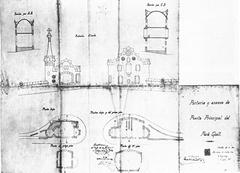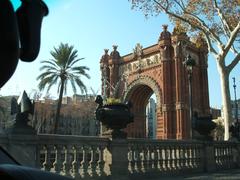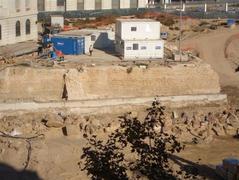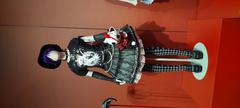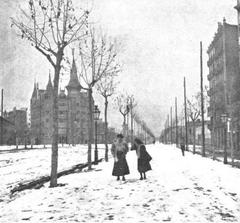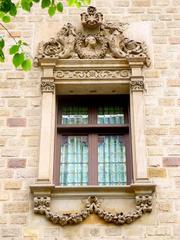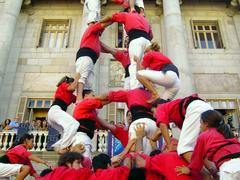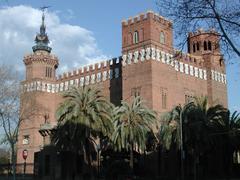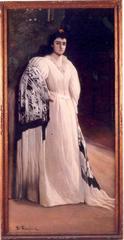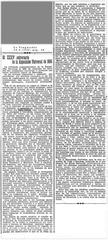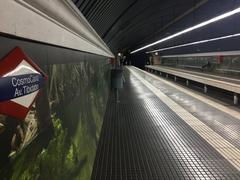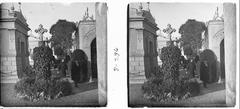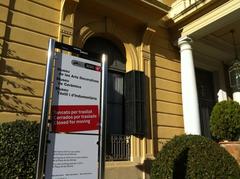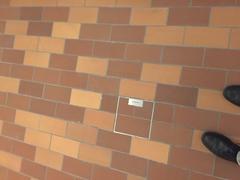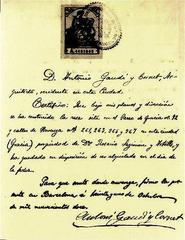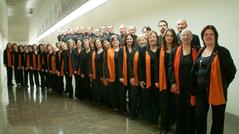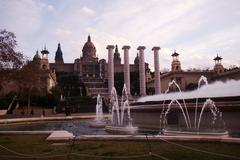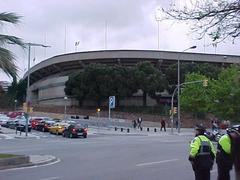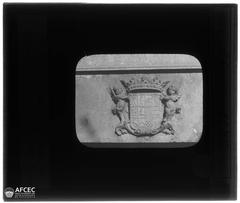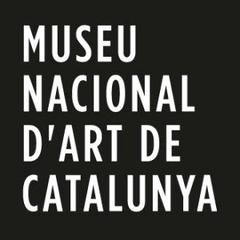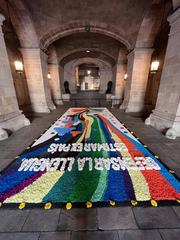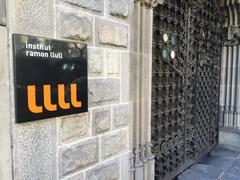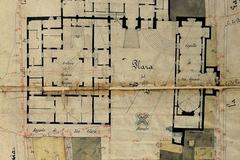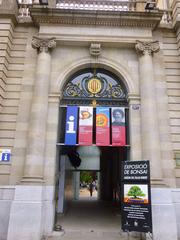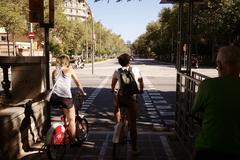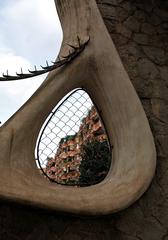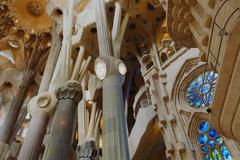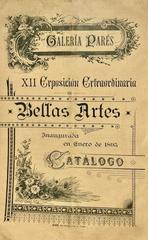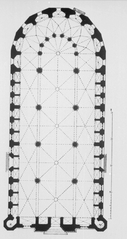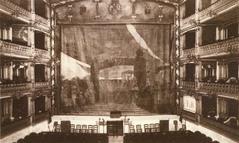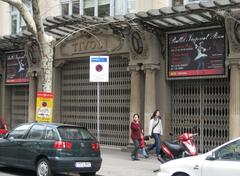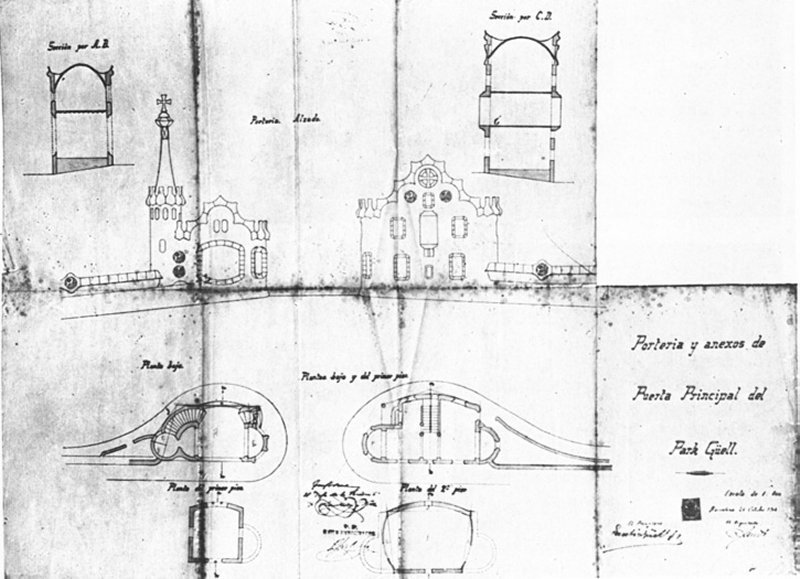
Comprehensive Guide to Visiting Park Güell, Barcelona, Spain
Date: 19/07/2024
Introduction
Park Güell in Barcelona, Spain, stands as a monumental testament to the architectural genius of Antoni Gaudí, one of the most revered figures in Catalan Modernism. Originally conceived by Eusebi Güell in 1900 as a residential estate for Barcelona’s elite, the project quickly evolved into a public park that harmonizes natural landscapes with Gaudí’s distinctive style (Barcelona City Council). Gaudí’s vision for Park Güell was deeply influenced by his appreciation for nature, which is evident in the park’s organic shapes, vibrant mosaics, and the innovative use of trencadís—a type of mosaic made from broken ceramic tiles (Gaudí’s Works). Despite its initial commercial failure, Park Güell was later transformed into a public park in 1922 and has since become one of Barcelona’s most visited attractions. In 1984, it was designated a UNESCO World Heritage Site, further cementing its status as a cultural and historical landmark (UNESCO). This comprehensive guide will delve into the park’s rich history, architectural marvels, and provide essential visitor information, ensuring you make the most of your visit to this iconic site.
Table of Contents
- Introduction
- Origins and Conception
- Construction and Design
- Abandonment and Transformation
- UNESCO World Heritage Site
- Modern-Day Significance
- Visitor Information
- Special Events and Tours
- Conclusion
- FAQ
Discover the History and Visitor Tips for Park Güell - Barcelona’s Architectural Gem
Origins and Conception
Park Güell was originally conceived in 1900 by Eusebi Güell, a wealthy industrialist and patron of Gaudí, who envisioned a residential estate for the city’s elite. Inspired by the English garden city movement, Güell aimed to create a self-contained community with lush gardens and modern amenities. Gaudí was commissioned to design the project, which was intended to include 60 triangular lots for luxury homes, a market, a chapel, and extensive green spaces (Barcelona City Council).
Construction and Design
Construction of Park Güell began in 1900 and continued until 1914. Gaudí’s design for the park was heavily influenced by his deep appreciation for nature and his distinctive Catalan Modernisme style. The park’s layout and structures were meticulously planned to harmonize with the natural landscape, incorporating organic shapes, vibrant mosaics, and innovative architectural techniques. One of the most notable features of the park is the use of trencadís, a type of mosaic made from broken ceramic tiles, which adorns many of the park’s surfaces (Gaudí’s Works).
The Dragon Stairway
One of the most recognizable elements of Park Güell is the Dragon Stairway, which leads visitors from the main entrance to the Hypostyle Hall. The stairway is flanked by two pavilions that originally served as the porter’s lodge and the caretaker’s house. The centerpiece of the stairway is a colorful mosaic dragon, or salamander, which has become a symbol of the park and Gaudí’s work (Park Güell Official Website).
The Hypostyle Hall
The Hypostyle Hall, also known as the Hall of a Hundred Columns, is another architectural marvel within Park Güell. Despite its name, the hall contains 86 Doric columns that support the roof, which is adorned with intricate mosaics. The hall was originally intended to serve as a market for the residential community, providing a sheltered space for vendors and shoppers (Barcelona Tourism).
The Greek Theatre (Nature Square)
Above the Hypostyle Hall lies the Greek Theatre, also known as Nature Square. This open space was designed to host public events and gatherings, offering panoramic views of Barcelona and the Mediterranean Sea. The square is surrounded by a serpentine bench covered in trencadís mosaics, providing both seating and a striking visual element (Gaudí’s Works).
Abandonment and Transformation
Despite the ambitious vision for Park Güell, the project was not commercially successful. By 1914, only two houses had been built, and the residential development was abandoned. In 1922, the city of Barcelona acquired the land and transformed it into a public park. Gaudí’s innovative designs and the park’s unique blend of architecture and nature quickly made it a popular destination for both locals and tourists (Barcelona City Council).
UNESCO World Heritage Site
In 1984, Park Güell was designated a UNESCO World Heritage Site as part of the ‘Works of Antoni Gaudí’ listing. This recognition highlights the park’s significance as an outstanding example of Gaudí’s architectural genius and his ability to integrate natural and built environments. The park’s preservation and continued popularity underscore its importance as a cultural and historical landmark (UNESCO).
Modern-Day Significance
Today, Park Güell remains one of Barcelona’s most visited attractions, drawing millions of visitors each year. The park’s unique design, historical significance, and stunning views make it a must-see destination for anyone visiting the city. Efforts to preserve and maintain the park ensure that future generations can continue to appreciate Gaudí’s visionary work (Park Güell Official Website).
Visitor Information
Park Güell Tickets and Visiting Hours
Park Güell is divided into two zones—the Monumental Zone, which requires a ticket, and the free-access forest zone. It is advisable to purchase tickets in advance, as entry is limited to manage the number of visitors and preserve the site. The park is open daily, with visiting hours varying by season. Check the Park Güell Official Website for the most up-to-date information on opening hours and ticket prices.
Travel Tips
- Guided Tours: Guided tours are available and provide valuable insights into the park’s history and architecture.
- Accessibility: The park has areas with uneven terrain, so comfortable walking shoes are recommended. Accessibility features are available for visitors with mobility challenges.
- Nearby Attractions: After visiting Park Güell, consider exploring other nearby attractions such as Sagrada Família, Casa Batlló, and La Pedrera.
- Photographic Spots: The Greek Theatre and the Dragon Stairway are popular spots for photos, so bring your camera to capture the beauty of the park.
Special Events and Tours
Park Güell hosts various special events throughout the year, including concerts, exhibitions, and cultural activities. Guided tours offer a deeper understanding of Gaudí’s work and the park’s history. Check the Park Güell Official Website for information on upcoming events and tour options.
Conclusion
Park Güell is not just a park; it’s a testament to Antoni Gaudí’s visionary genius and a significant part of Barcelona’s cultural heritage. Whether you’re interested in its historical background, architectural marvels, or simply looking for travel tips, Park Güell offers a unique experience for all visitors. Plan your visit today and discover why this UNESCO World Heritage Site continues to captivate millions.
FAQ
What are the visiting hours for Park Güell?
Visiting hours vary by season. Check the Park Güell Official Website for the most current information.
How do I buy tickets for Park Güell?
Tickets can be purchased online through the Park Güell Official Website. It is advisable to buy tickets in advance due to limited entry.
Is Park Güell accessible?
Yes, the park has accessibility features, but some areas have uneven terrain. Comfortable walking shoes are recommended.
Are guided tours available?
Yes, guided tours are available and provide valuable insights into the park’s history and architecture.
References
- Discover the History and Visitor Tips for Park Güell - Barcelona’s Architectural Gem, 2023, Barcelona City Council https://ajuntament.barcelona.cat
- Discover the History and Visitor Tips for Park Güell - Barcelona’s Architectural Gem, 2023, Gaudí’s Works https://www.gaudidesigner.com
- Discover the History and Visitor Tips for Park Güell - Barcelona’s Architectural Gem, 2023, Park Güell Official Website https://www.parkguell.cat
- Discover Park Güell - Visiting Hours, Tickets, History, and Tips for Barcelona’s Iconic Site, 2023, Barcelona Tourism https://www.barcelonaturisme.com
- Discover Park Güell - Visiting Hours, Tickets, History, and Tips for Barcelona’s Iconic Site, 2023, UNESCO https://whc.unesco.org
- Discover Park Güell - Visiting Hours, Tickets, History, and Tips for Barcelona’s Iconic Site, 2023, Gaudí’s Park Güell https://www.barcelona-tourist-guide.com/en/gaudi/park-guell.html
- Ultimate Guide to Visiting Park Güell - Tickets, Hours, Tips & More, 2023, Gaudí’s Works https://www.gaudidesigner.com
- Ultimate Guide to Visiting Park Güell - Tickets, Hours, Tips & More, 2023, Sustainable Design https://www.architecturaldigest.com/story/gaudi-park-guell-barcelona
- Ultimate Guide to Visiting Park Güell - Tickets, Hours, Tips & More, 2023, Artistic Influence https://www.theartstory.org/artist/gaudi-antoni
